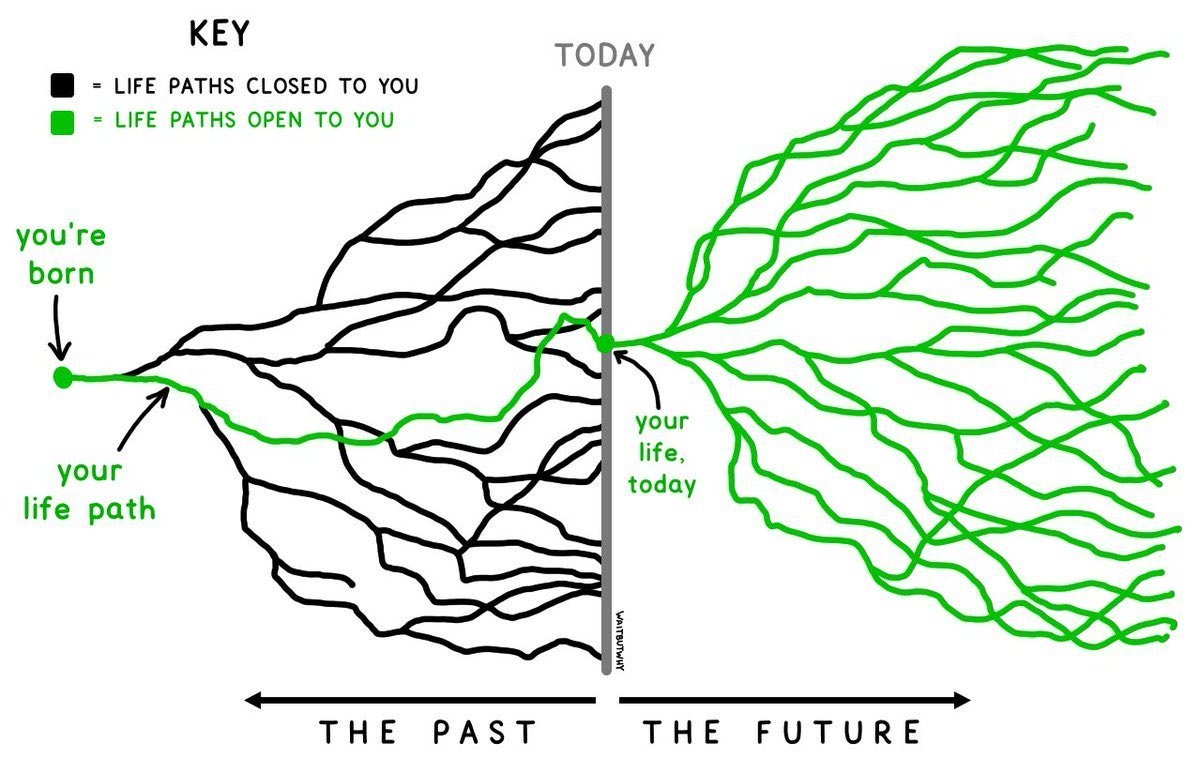In this article, I will explain the approaches I apply to make the flow of daily life, namely the present and future time predictable, and the output of these approaches.
The content of my article progresses step by step. I will express what we have, that is, determine our resources, allocate time, which is our most valuable resource, and outputs.
1. Our Resources and Assets, What We Have
First, in order to make the flow predictable, we must stop comparing ourselves to others and remind ourselves of what we have. We have some tools for this, these tools are resume, swot analysis and calendar. Let’s continue by adding the following sentence as it will be helpful to this paragraph: “We shape our tools and they shape us in return.” — Marshall McLuhan
1.1. Resume
Resume is a great tool, by creating a résumé we can get an idea of our capabilities and see our base to refer to when planning other tools. It almost holds up a mirror to us.
1.2. SWOT Analysis
SWOT analysis is another great tool, it mirrors us about our Strengths, Weaknesses and other aspects.
1.3. Calendar — Busy Listing
The most valuable thing we have is time, and when we are asked a question about any subject, we usually answer that we don’t have time. We say I can’t take time for myself. We actually have time, our first job is to draft our time-consuming routines into a calendar so that it mirrors us. I use Google Calendar as calendar.
After designing all these tools and seeing what we have, we will get an idea of our capabilities and move forward. In this way, we will remove the sense of guilt about missing out on life and doing nothing. We are actually implementing the PUKO cycle, namely the Plan, Do, Check, Act approach.
How we will proceed? Modeling and Planning the Moment and Flow
2. Modeling the Moment and the Flow
In my student and business life, I saw that predictability and action drive individuals, society and organizations forward. I have seen that modeling the main line rather than thinking too much, starting without procrastination and learning on the job is the engine of progress.
Now we have laid the foundations of our tools. In line with our capacity, we must design our vehicles to model the future and constantly update these models so that they can design us.
2.1. Resume Modeling
You remember, we prepared a resume, we saw what we had. We will now model a future-dated resume. In a simple way, we write in red the details that we want our CV to look like after 3 months. That’s all.
If you wish, we can accept these red expressions as a dream. I think it’s not enough that we work hard to achieve our dreams, but that we remove the barriers to our dreams—for example, not knowing and training to know. While preparing a CV, our capacity learned from our CV and SWOT analysis will support us in this regard.
2.2. Calendar
You remember, we designed our routines as a tool and made our time predictable. We can allocate our time to certain activities by designing what we will do in the light of our future and dreams on this calendar. Remember, the purpose of designing a calendar is to design a tool that will design us, you don’t have to follow your design and your calendar exactly, the important thing is to ensure predictability and start and move forward.
3. Outputs
By doing flow modeling, I believe that I am leading myself in the light of my above practices. So I move forward and I don’t have the feeling of missing out on life. As such, I am sincerely motivated and moving forward.
This is the summary of what I will share, good luck, love.
